Dive into the booming Chinese gaming market! With 668M gamers and skyrocketing revenues, there's huge potential for overseas companies. Learn how cultural localization can be your key to success in China.
Chinese Gaming Market Trends
Considering current trends, overseas gaming companies have significant potential to enter the Chinese market. Sales revenue in the Chinese gaming market has steadily increased, rising from USD 29.68 billion in 2018 to USD 41.93 billion in 2023 (according to the 2024 exchange rate). With a vast user base of 668 million gamers as of 2023, this market offers substantial opportunities for overseas companies to reach a large and engaged audience. Although recent growth rates suggest potential market saturation, they also highlight a demand for new, high-quality, and differentiated gaming experiences that local companies may not currently provide.
Chinese Gaming Market

Chinese Gaming Market
 Graph 1. The Chinese Gaming Market (Data: The Game Working Committee of China Audio and Digital Association)
Graph 1. The Chinese Gaming Market (Data: The Game Working Committee of China Audio and Digital Association)Despite the slowing growth rates, China’s overall economic growth and increasing disposable income could support continued spending on entertainment, including gaming. These factors point to a substantial and growing market that overseas companies can tap into.
However, success in China requires deep cultural localization. Games must not only be translated into Chinese but also resonate with Chinese cultural themes, preferences, and gaming habits. Investing in localization can help capture the attention and appreciation of a large Chinese audience.
The Chinese Language
You might have heard that there are two sets of Chinese characters. It’s reasonable to ask why there are two “Chinese languages” and why you need to choose. Let’s start with some history.
Shortly after the founding of the People’s Republic of China in 1949, the new government launched a campaign to reform the written language. Although discussions about character simplification began much earlier, before the PRC’s foundation, there were some unofficial lists and schemes and some progress on simplification. However, it was only in the 1950s that Mao Zedong officially prioritized the simplification of Chinese characters to increase literacy rates throughout the country. According to the Table of General Standard Chinese Characters, there are currently 8,105 simplified characters, although this number includes many common characters that remain unchanged in both forms.
Simplification of Traditional characters
| Examples | Traditional Script | Simplified Script | Pinyin |
| SUN | 日 | 日 | /ri4/ |
| COW | 牛 | 牛 | /niu2/ |
| HORSE | 馬 | 马 | /ma3/ |
| BIRD | 鳥 | 鸟 | /niao3/ |
| DRAGON | 龍 | 龙 | /long2/ |
| FLY | 飛 | 飞 | /fei1/ |
The simplification process took much longer than one might imagine, and it started much earlier than the mid-20th century. It included establishing a standardized system of Romanized spelling for Chinese characters (pinyin), reducing the number of characters in common use, and drastically simplifying thousands of glyphs.
Differences Between Simplified and Traditional Chinese
The most significant difference between Simplified and Traditional Chinese lies in the glyphs. However, there are also differences in character sets, encoding methods, and vocabulary choices.
Simplified Chinese:
- Used in Mainland China and Singapore.
- Written using simplified characters.
- Uses the Chinese Guobiao and Unicode character sets.
- The vocabulary reflects usage in Mainland Chinese.
Traditional Chinese:
- Used in Taiwan, Hong Kong, and Macau.
- Written using traditional characters.
- Uses the Big5 and Unicode character sets.
- The vocabulary reflects usage in Taiwan, Hong Kong, and Macau.
For localization purposes, points 1 and 3 are particularly important.
Character Differences
Traditional characters generally have more strokes. For instance, the character for “dragon” is 龍 (16 strokes) in Traditional Chinese, compared to 龙 (5 strokes) in Simplified Chinese.
 Pic. 1. An example of writing a traditional and simplified character.
Pic. 1. An example of writing a traditional and simplified character.Vocabulary Differences
There are some vocabulary differences, mainly related to regional usage. For example, in Mainland China, 土豆 (tǔdòu) means “potato,” while in Taiwan, 土豆 (tǔdòu) colloquially refers to “peanut,” and 馬鈴薯 (mǎ líng shǔ) is more commonly used for “potato.”
Here are some more examples:
| Chinese (Mainland China) | Chinese (Taiwan) | English Translation |
| 土豆 (tǔdòu) | 馬鈴薯 (mǎ líng shǔ) | Potato |
| 花生 (huāshēng) | 花生 (huāshēng) or colloquially 土豆 (tǔdòu) | Peanut |
| 方便面 (fāngbiànmiàn) | 泡麵 (pào miàn) | Instant noodles |
| 酸奶 (suānnǎi) | 優格 (yōu gé) | Yogurt |
| 绿色食品 (lǜsè shípǐn) | 健康食品 (jiàn kāng shí pǐn) | Organic food |
Summary
Most people in China can read and understand Traditional Chinese characters, though they may not be as proficient in writing them, since universities primarily use the simplified version. Conversely, people in Taiwan and Hong Kong can also read Simplified Chinese.
You might wonder why you should consider which form of Chinese to choose for your game if speakers can understand both. The reason is that using the correct characters ensures clear and effective communication in regions where a particular form is standard. The choice between Traditional and Simplified Chinese depends on the target audience, the purpose of the writing, and the cultural context. For example, if the audience is in Mainland China or Singapore, using Simplified Chinese may be more appropriate. On the other hand, if the target audience is in Taiwan or Hong Kong, or if the content aims to preserve traditional culture, Traditional Chinese may be more suitable.
It’s essential to consider the specific needs and preferences of the players, and respect cultural and linguistic diversity when using either Traditional or Simplified Chinese. Both writing systems have their own unique merits and cultural value, and each should be appreciated in the appropriate context.




